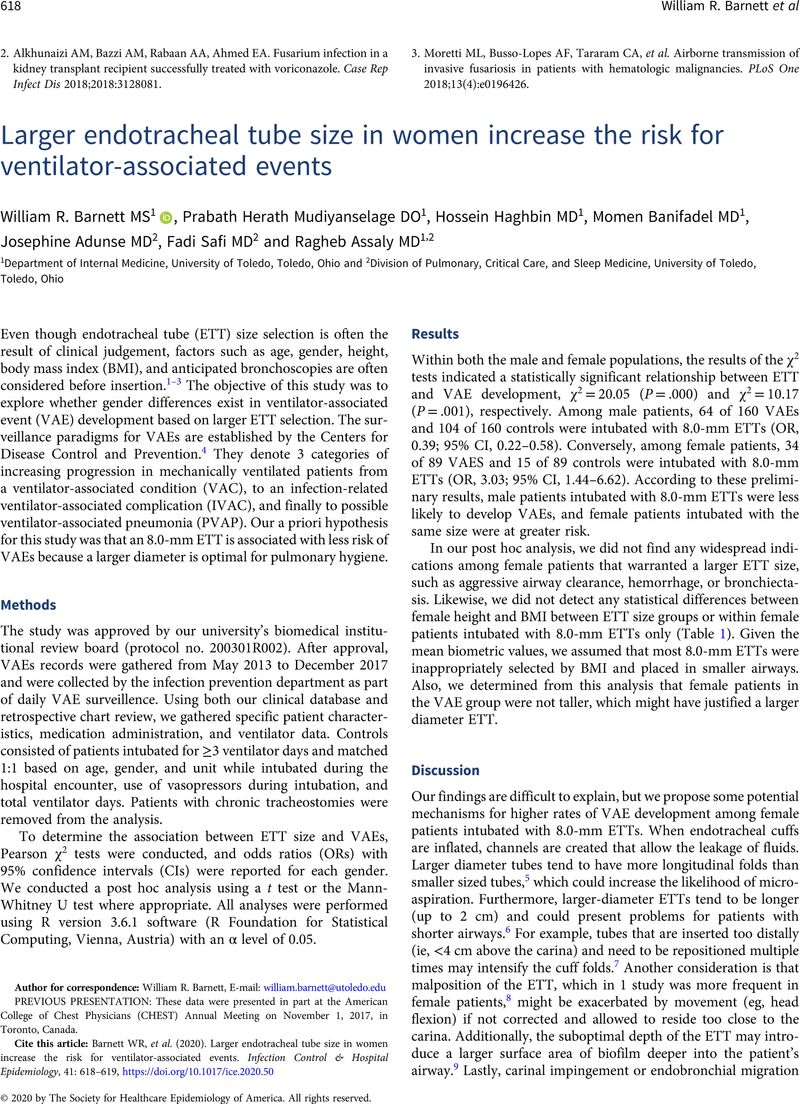Crossref Citations
This article has been cited by the following publications. This list is generated based on data provided by Crossref.
Ramakrishnan, Aditi
and
Patel, Payal K.
2020.
How Far We’ve Come, How Far We Have to Go: a Review of Advances in Antimicrobial Stewardship in the Veterans Health Administration.
Current Treatment Options in Infectious Diseases,
Vol. 12,
Issue. 3,
p.
275.
Alvarez, Marisol
Llanes Rico, Sheila
Tsai, Jeffrey
Schaffer, Robin M
Masri, Mohammed
Sciarra, John
and
Kuchciak, Andrzej
2021.
Endotracheal Tube Migration in Steep Trendelenburg Position With the Estape TrenMAX Positioning System.
Cureus,



